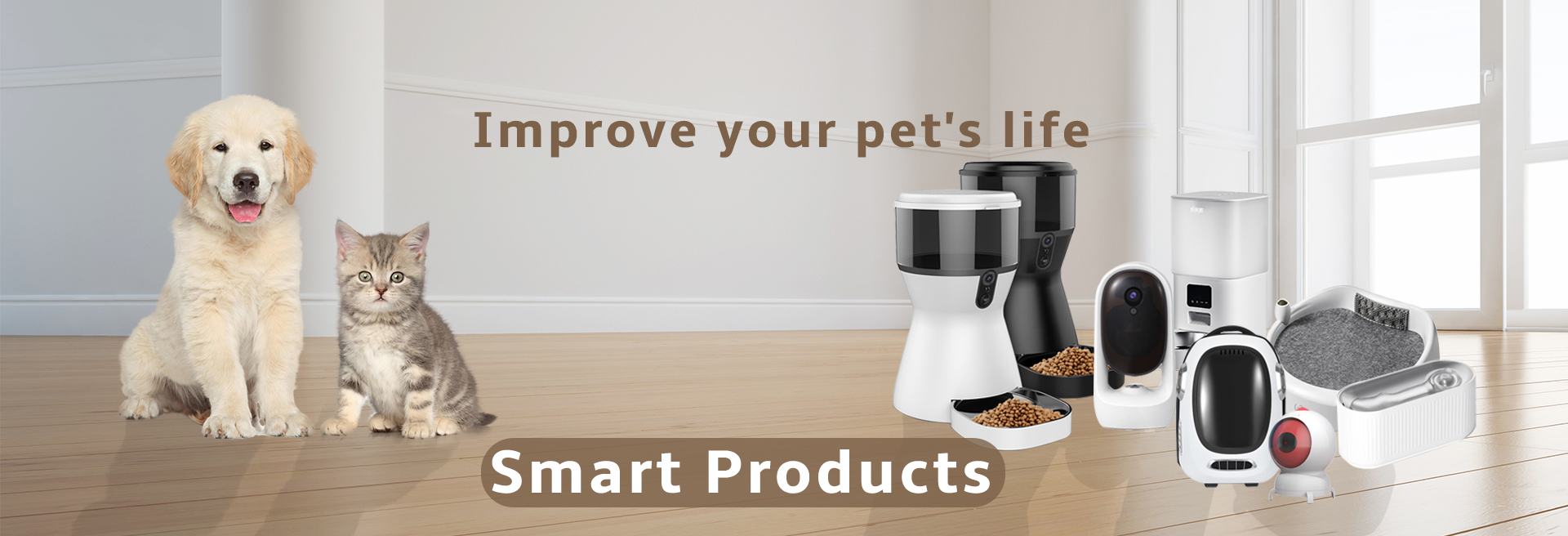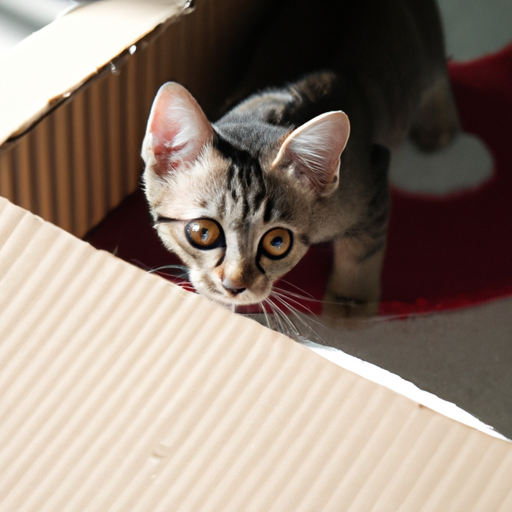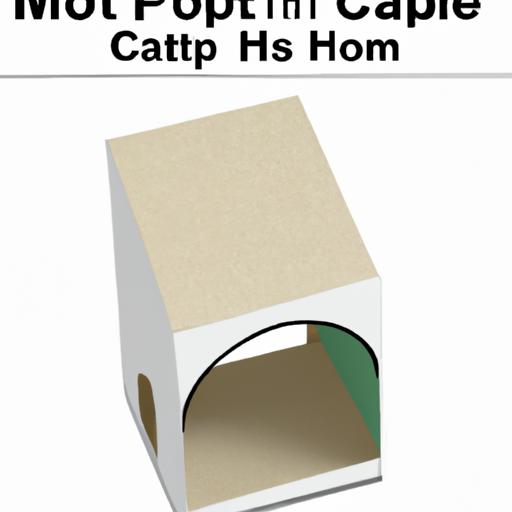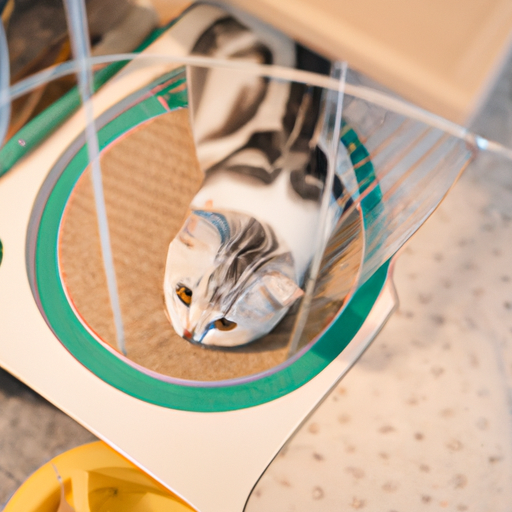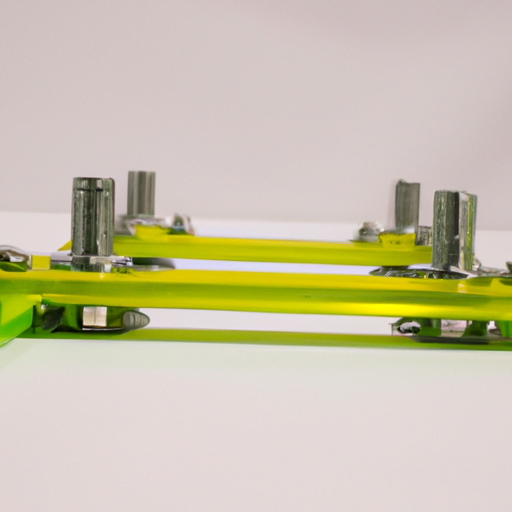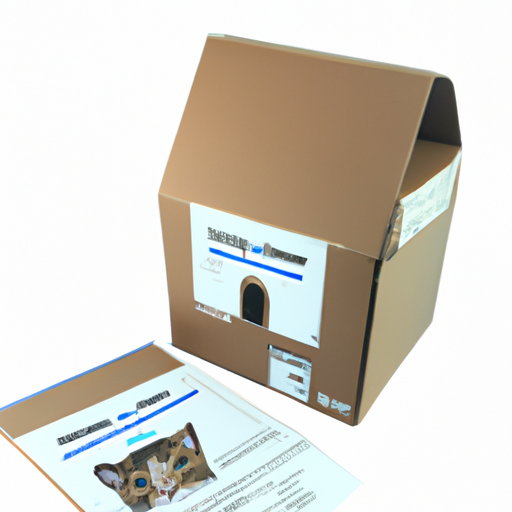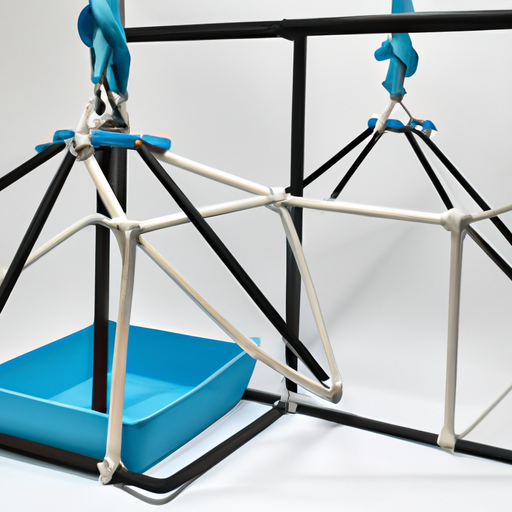An Article to Help You Learn About Small Cat Crawlers: Cat Food and Dog Food
I. Introduction
In the ever-evolving world of pet nutrition, understanding the various food options available for our furry companions is crucial. One intriguing aspect of this landscape is the emergence of small cat crawlers—tiny insects that are gaining recognition as a sustainable and nutritious food source for both cats and dogs. This article aims to explore what small cat crawlers are, their nutritional benefits, and how they fit into the broader context of pet food options.
II. Understanding Small Cat Crawlers
A. Definition and Characteristics
Small cat crawlers refer to a variety of small insects, such as crickets, mealworms, and black soldier fly larvae. These creatures are typically found in diverse habitats, ranging from gardens to forests, and they play a significant role in the ecosystem. Their small size and rapid reproduction make them an ideal food source for many animals, including birds, reptiles, and mammals.
B. Role in the Ecosystem
Small cat crawlers serve as a vital food source for various animals, contributing to the food web. They are also essential for soil health, as their decomposition helps enrich the soil with nutrients. By promoting biodiversity, these insects play a crucial role in maintaining ecological balance.
III. Nutritional Needs of Cats and Dogs
A. Overview of Feline and Canine Dietary Requirements
Understanding the nutritional needs of our pets is fundamental to their health. Cats are obligate carnivores, meaning they require a diet high in protein. Essential nutrients for cats include:
Protein: Cats need a higher protein intake than dogs, as it supports their muscle development and overall health.
Taurine: An essential amino acid that supports heart and eye health.
Fatty acids: Important for skin and coat health.
Dogs, on the other hand, are omnivores and have different dietary requirements:
Protein: While dogs also need protein, their requirements are lower than those of cats.
Carbohydrates: Dogs can derive energy from carbohydrates, making them more flexible in their dietary choices.
Vitamins and minerals: Both cats and dogs require a balanced intake of vitamins and minerals for optimal health.
B. Differences in Dietary Needs Between Cats and Dogs
The differences in dietary needs between cats and dogs are significant. For instance, cats require a higher protein content in their diets, while dogs can thrive on a more varied diet that includes carbohydrates. Additionally, the types of vitamins and minerals needed can differ, with cats needing more vitamin A and dogs requiring more vitamin D.
IV. The Role of Small Cat Crawlers in Pet Nutrition
A. Nutritional Benefits of Small Cat Crawlers
Small cat crawlers offer a range of nutritional benefits for pets. They are rich in protein, making them an excellent supplement for both cats and dogs. The high protein content supports muscle development and overall health. Additionally, small cat crawlers contain essential fatty acids, which are crucial for maintaining healthy skin and a shiny coat. They also provide vitamins and minerals that contribute to overall well-being.
B. Comparison with Traditional Pet Food Sources
When compared to traditional pet food sources, small cat crawlers stand out for their nutritional profile. Commercial cat and dog food often contain fillers and artificial ingredients, while insect-based diets offer a more natural alternative. Raw diets, which emphasize whole foods, can also benefit from the inclusion of small cat crawlers, providing a balanced and nutritious option for pet owners.
V. Types of Cat Food and Dog Food
A. Commercial Pet Food Options
The pet food market is diverse, offering various options for pet owners. These include:
1. **Dry Kibble**: Convenient and shelf-stable, dry kibble is a popular choice for many pet owners. However, it may lack the moisture content that some pets need.
2. **Wet Food**: Canned or pouch wet food provides higher moisture content, which can be beneficial for hydration.
3. **Freeze-Dried and Dehydrated Options**: These foods retain most of their nutrients and can be rehydrated before feeding, offering a more natural diet.
B. Homemade Pet Food
Homemade pet food is gaining popularity among pet owners who want to control the ingredients in their pets' diets. While there are benefits to homemade diets, such as knowing exactly what your pet is consuming, there are also challenges, including ensuring a balanced nutritional profile. Incorporating small cat crawlers into homemade diets can enhance the protein content and provide essential nutrients.
C. Raw Feeding and Its Implications
Raw feeding is another trend in pet nutrition that emphasizes feeding pets raw meat, bones, and organs. This approach can offer numerous benefits, including improved coat condition and dental health. However, safety concerns, such as bacterial contamination, must be addressed. Pet owners interested in raw feeding should follow best practices and consider incorporating small cat crawlers for added nutrition.
VI. The Impact of Small Cat Crawlers on the Pet Food Industry
A. Growing Trend of Insect-Based Pet Food
The pet food industry is witnessing a growing trend towards insect-based pet food, driven by environmental sustainability and economic considerations. Insects require significantly less land, water, and feed compared to traditional livestock, making them a more sustainable protein source. This shift not only benefits the environment but also offers a viable solution to the increasing demand for pet food.
B. Consumer Acceptance and Market Growth
As pet ownership continues to rise, so does the demand for diverse dietary options. Consumers are becoming more aware of the benefits of insect-based pet food, leading to increased market growth. Case studies of successful insect-based pet food brands demonstrate that there is a growing acceptance among pet owners, paving the way for a more sustainable future in pet nutrition.
VII. Conclusion
In conclusion, small cat crawlers represent a promising and nutritious option for pet owners looking to diversify their pets' diets. With their high protein content, essential fatty acids, and vitamins, these insects can play a significant role in meeting the nutritional needs of both cats and dogs. As the pet food industry continues to evolve, exploring diverse food options, including insect-based diets, can lead to healthier pets and a more sustainable future. Pet owners are encouraged to consider the benefits of small cat crawlers and to stay informed about the latest trends in pet nutrition.
VIII. References
1. Scientific studies on insect-based pet food and its nutritional benefits.
2. Articles on the environmental impact of traditional vs. insect-based protein sources.
3. Resources for pet nutrition information, including books and reputable websites.
By understanding the role of small cat crawlers in pet nutrition, pet owners can make informed choices that benefit their furry friends and the planet.
